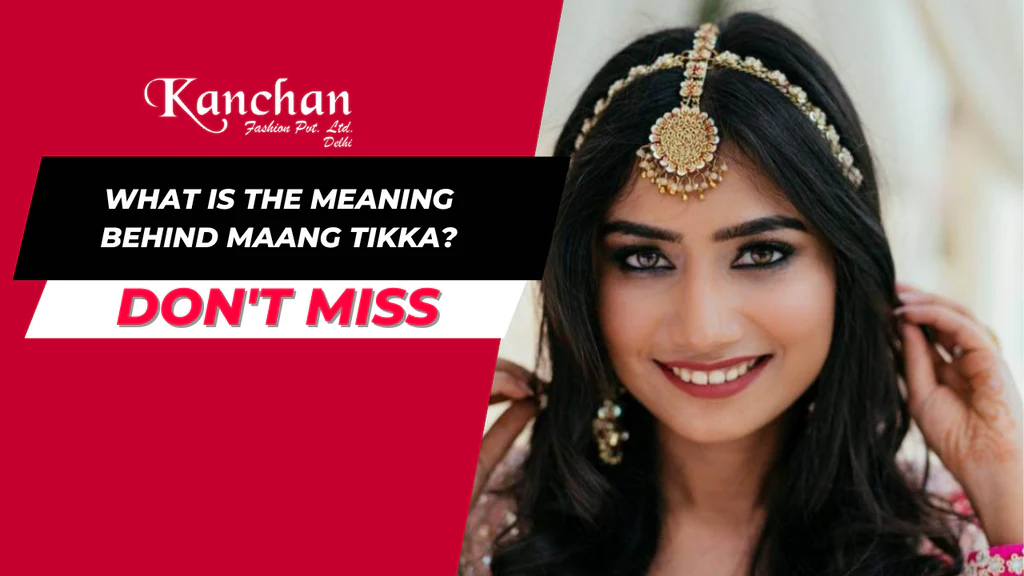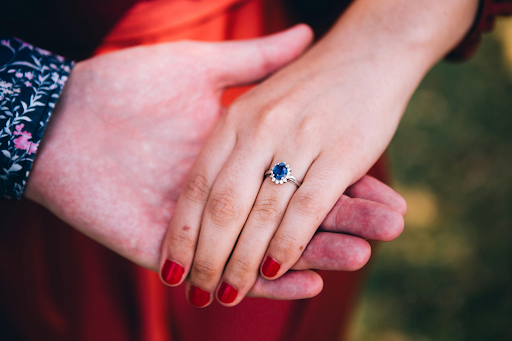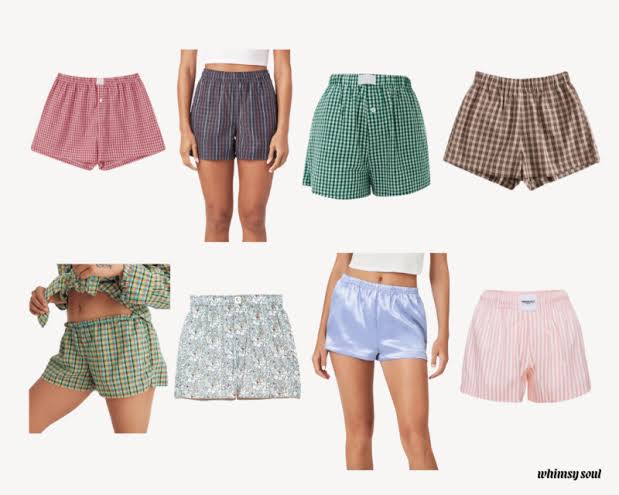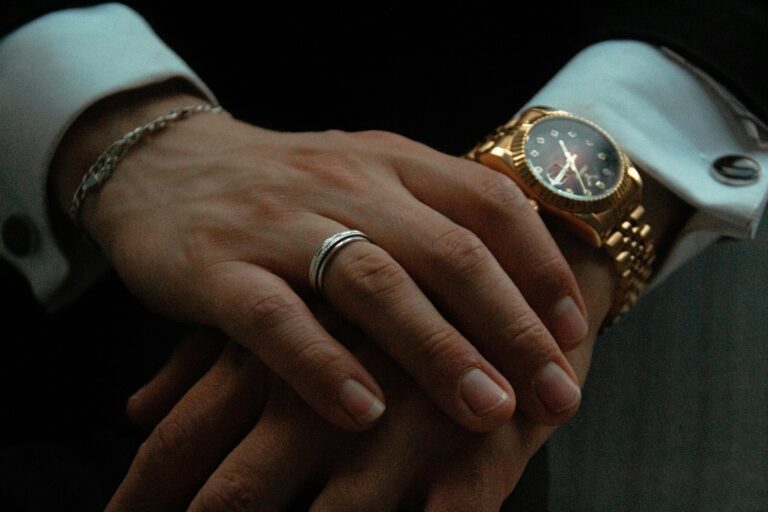
The maang tikka is a beautiful and intricate piece of traditional Indian jewelry that has captivated the hearts of many. This ornamental adornment, which is worn on the forehead, not only enhances a woman’s beauty but also carries a rich history and cultural significance. In this article, we will explore the origins of the maang tikkas, its evolution over the years, the various styles and designs it comes in, and its importance in contemporary fashion and tradition. By delving into its past and present, we can gain a deeper appreciation for this timeless piece of jewelry.
Origins of the Maang Tikka
The maang tikka has its roots in ancient India, where it was traditionally worn by women of royal lineage. The term “maang” refers to the parting of hair, and “tikka” denotes a pendant. The piece is designed to rest in the hair parting, allowing the pendant to hang gracefully on the forehead. Historically, the maang tikka was made from gold and adorned with precious gemstones, symbolizing wealth and status. It has been depicted in ancient sculptures and paintings, reflecting its significance in the lives of women during the regal era.
Evolution of the Maang Tikka
As the centuries passed, the maang tikka underwent various transformations in terms of design and craftsmanship. With the influence of different dynasties and cultures, the styles began to diversify. From the intricate Kundan and Polki designs of the Mughal era to the more contemporary styles found today, the maang tikka has adapted to changing fashion trends while retaining its traditional essence.
Styles and Designs of Maang Tikka
The mang tikka comes in numerous styles and designs, each with its own unique charm. One of the most popular styles is the “borla,” a round-shaped pendant that is particularly favored in Rajasthan and Punjab. The borla is often embellished with intricate carvings and colorful stones, making it a striking addition to festive attire. Another popular variant is the “chand tikkas,” which features a crescent-shaped pendant that symbolizes the moon, representing beauty and femininity.
Significance of the Maang Tikka in Contemporary Fashion
In recent years, the maang tikka has transcended its traditional roots to become a fashionable accessory worn by women across various cultures. With the rise of Indian weddings and cultural events around the world, the maang tikka has become a symbol of elegance and grace. Many brides now opt for stunning maang tikkas as part of their bridal attire, often matching them with other jewelry pieces like earrings, necklaces, and bangles to create a cohesive look.
Maang Tikka in Cultural and Religious Ceremonies
The maang tikka holds a special place in various cultural and religious ceremonies, particularly in Hindu weddings. It is considered an auspicious piece of jewelry, often worn by brides as part of their bridal ensemble. The maang tikka is believed to signify the bride’s commitment to her husband and her role as a protector of her family’s honor. During the wedding rituals, the maang tikka is often blessed by elders, further emphasizing its significance in the ceremony.
Conclusion
The maang tikka is not merely a piece of jewelry; it is a symbol of history, culture, and femininity. From its origins in ancient India to its modern-day significance, the maang tikka has evolved while retaining its traditional essence. Its diverse styles and designs make it a versatile accessory that appeals to women of all backgrounds, bridging the gap between tradition and contemporary fashion. As we celebrate the beauty of the maang tikka, we are reminded of the rich cultural heritage it represents and its enduring significance in the lives of women across the world.






